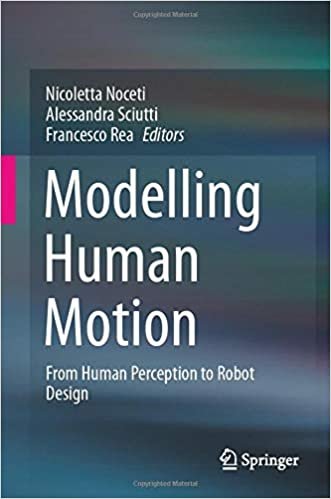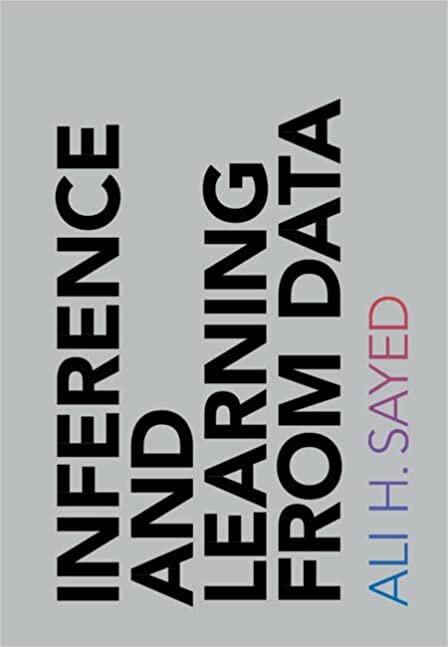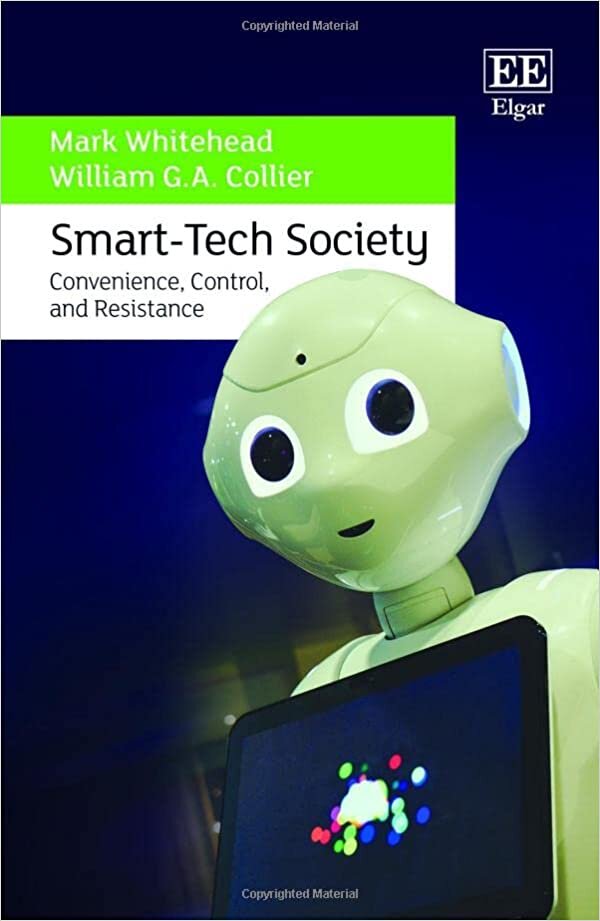Modelling Human Motion: From Human Perception to Robot Design adlı kitabı telefonunuzda, bilgisayarınızda veya tabletinizde EPUB biçiminde okumak için "okuyucu" uygulamasını ücretsiz veya satın almanız gerekir - siz karar verin. İşlevsel olarak özgür "okuyucular" nadiren ücretli olanlara yol verir ve bazen onları aşar. Bazen daha yavaş çalışır veya reklam içerir. Ücretli uygulamalar daha güzel görünür, daha az yavaşlar, aynı işlevsellik ile telefonun belleğinde genellikle daha az yer kaplarlar. Veya Springer; 1st ed. 2020 basım adresinden çevrimiçi olarak Modelling Human Motion: From Human Perception to Robot Design kitap okumak için bir site bulabilirsiniz. EPUB, kayan bir düzene sahip bir biçimdir, yani kitabın metni, örneğin Modelling Human Motion: From Human Perception to Robot Design, akıllı telefonunuzun veya tabletinizin ekran boyutuna otomatik olarak ayarlanır - manuel olarak ölçeklendirmeniz gerekmez. Son aşamada, biçim bilgisayarlar, akıllı telefonlar ve tabletler tarafından desteklenen 5.2 sürümüne güncellenir. Gutenberg Serbest Kütüphanesi, 2008 yılında Modelling Human Motion: From Human Perception to Robot Design gibi kitapları ve diğer basılı yayınları ve kitapları dijitalleştirmek ve saklamak için bu biçimi seçti. Yavaş yavaş, 2010'a kadar, daha önce kendi LRF uzantısını (BBeB) kullanan Sony, belgeleri bu biçime dönüştürdü. E-kitapların ve "okuyucuların" artan popülaritesi ile birlikte popülerlik kazanıyor. İlk kez 1999'da ABD'de ortaya çıktı, farklı olarak adlandırıldı - Açık eKitap Yayını (OEB). Geliştirici - Uluslararası Dijital Yayıncılık Forumu, IDPF kısaltması: Uluslararası Dijital Yayıncılık Forumu. 2007 yılında, “forum”, doğrudan “Elektronik Yayıncılık” olan ve tam anlamıyla “Elektronik Yayıncılık” olarak kısaltılan geliştirmenin son versiyonunu tanıttı.
| Yazar | Springer; 1st ed. 2020 basım |
|---|---|
| Yayın Evi | Springer; 1st ed. 2020 basım |
Springer İspanyolca İngilizce ROBERT H BORK Additional Contributors ERWIN N GRISWOLD Book on Demand Ltd. Rusça Almanca WADE H MCCREE MDPI AG Türkçe Independently published Kolektif Fransızca Gale, U.S. Supreme Court Records LAP LAMBERT Academic Publishing HACHETTE LIVRE-BNF
Modelling Human Motion: From Human Perception to Robot Design
| Yazar | Springer; 1st ed. 2020 basım |
|---|---|
| İsbn 10 | 3030467317 |
| İsbn 13 | 978-3030467319 |
| Yayın Evi | Springer; 1st ed. 2020 basım |
| tarafından gönderildi | 7 Eylül 2020 |
The new frontiers of robotics research foresee future scenarios where artificial agents will leave the laboratory to progressively take part in the activities of our daily life. This will require robots to have very sophisticated perceptual and action skills in many intelligence-demanding applications, with particular reference to the ability to seamlessly interact with humans. It will be crucial for the next generation of robots to understand their human partners and at the same time to be intuitively understood by them. In this context, a deep understanding of human motion is essential for robotics applications, where the ability to detect, represent and recognize human dynamics and the capability for generating appropriate movements in response sets the scene for higher-level tasks. This book provides a comprehensive overview of this challenging research field, closing the loop between perception and action, and between human-studies and robotics. The book is organized in three main parts. The first part focuses on human motion perception, with contributions analyzing the neural substrates of human action understanding, how perception is influenced by motor control, and how it develops over time and is exploited in social contexts. The second part considers motion perception from the computational perspective, providing perspectives on cutting-edge solutions available from the Computer Vision and Machine Learning research fields, addressing higher-level perceptual tasks. Finally, the third part takes into account the implications for robotics, with chapters on how motor control is achieved in the latest generation of artificial agents and how such technologies have been exploited to favor human-robot interaction. This book considers the complete human-robot cycle, from an examination of how humans perceive motion and act in the world, to models for motion perception and control in artificial agents. In this respect, the book will provide insights into the perception and action loop in humans and machines, joining together aspects that are often addressed in independent investigations. As a consequence, this book positions itself in a field at the intersection of such different disciplines as Robotics, Neuroscience, Cognitive Science, Psychology, Computer Vision, and Machine Learning. By bridging these different research domains, the book offers a common reference point for researchers interested in human motion for different applications and from different standpoints, spanning Neuroscience, Human Motor Control, Robotics, Human-Robot Interaction, Computer Vision and Machine Learning. Chapter 'The Importance of the Affective Component of Movement in Action Understanding' of this book is available open access under a CC BY 4.0 license at link.springer.com.

















